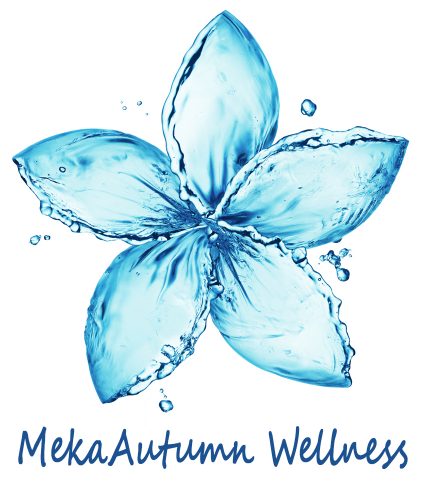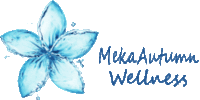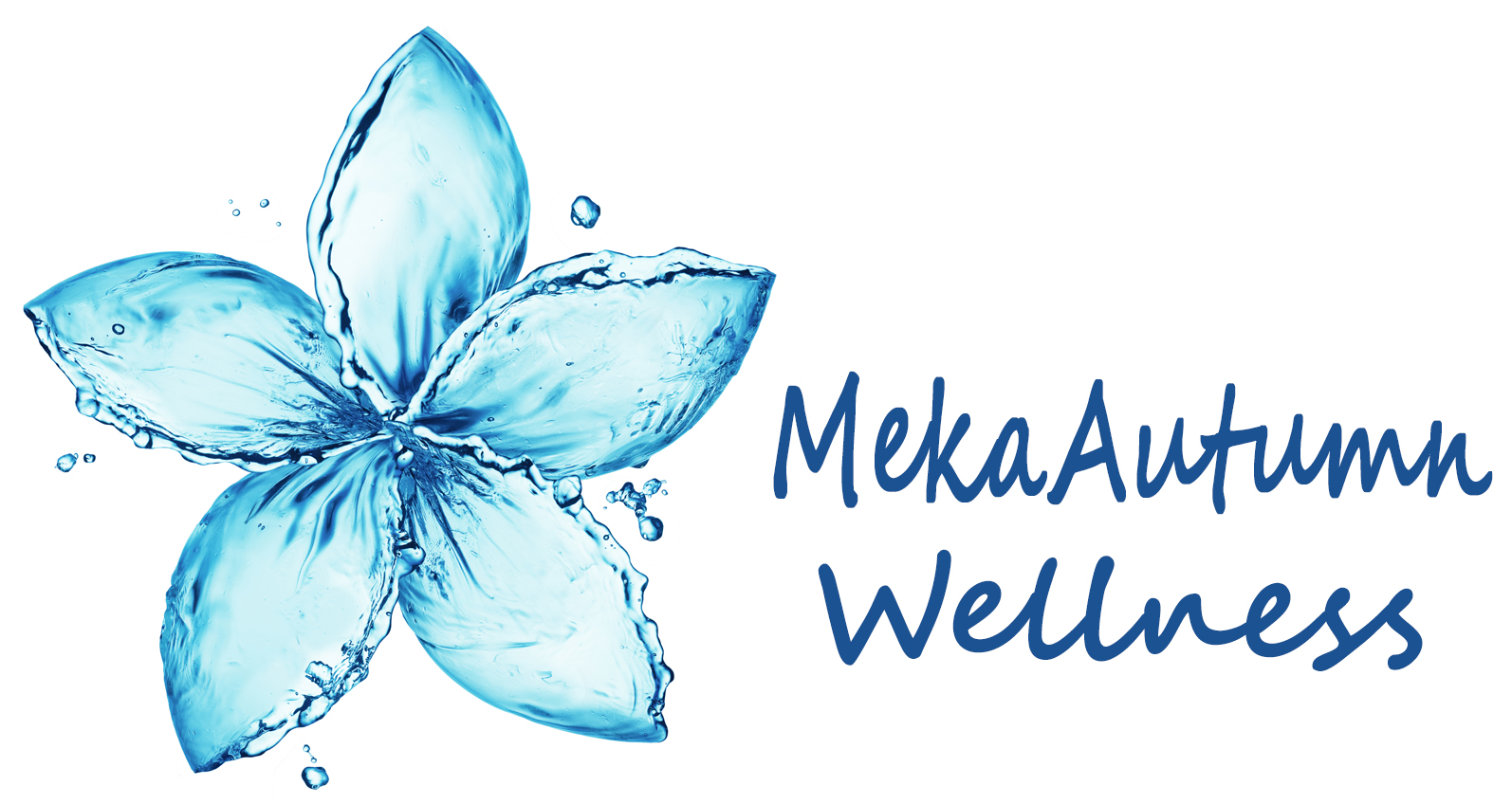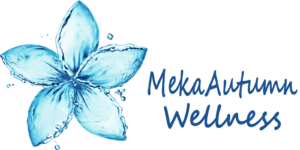Rest & Recovery
SAILING FIT
By: Meka Aiken
ACE Certified Personal Trainer
SAILFIT Inc
Who doesn’t want a little R&R right? Well, what if I tell you it may improve your fitness and actually make you stronger? Now, I know that you’re wondering how sitting on some white sandy beach sipping Margaritas is going to make you stronger. When I say R&R, I mean rest and recovery from all of those vigorous workouts I know you’re doing.
Exercise only provides the stimulus to make changes in your body. The time, and how it is spent, between workouts is actually when the change takes place. The ability to perform at a high level day after day and make gains in increasing muscle strength and endurance is limited by the time allowed for recovery after a strenuous workout. This applies not only to the time you spend training for a regatta, but the regatta itself. There are two times when the recovery period can be manipulated to maximize results. The first is in between sets if you are doing work with weights, and the second is between workouts of any type. I would like to focus on the latter.
Sufficient recovery is imperative to avoid plateaus, injury, and over- training. It is also necessary to create improvements in muscular strength and endurance. When you are pushing your muscles they often develop micro tears and tissue micro- trauma can occur. This is why you may feel muscle soreness and weakness. The recovery period is when your muscles synthesize the proteins needed to make them stronger and replenish energy stores used during your workout. Each time you go back to your workout you should feel stronger and refreshed. If you feel weaker and unable to push yourself, you have not given your body enough time to recover. What you do from the minute you stop your workout to the minute you start again can make all the difference in the world.
Approximately 80-90% of your time each week is spent on recovery, so why not make the most of it to get maximum results? Let’s start at the minute you stop activity. Glycogen is depleted during exercise and can also take the longest to replenish. For extended activity it can take up to 48 hours. In the two hours after activity, it is easiest for the body to rapidly restore glycogen levels. Since glycogen is the main source of fuel for energy you don’t want to miss this time window. If you do, it can greatly extend the time it takes to stabilize these levels. That is why a meal or shake high in Protein and carbohydrates is recommended after strenuous exercise. I know you’re probably sick of hearing me tell you to drink more water, but here I go again. Drinking plenty of fluids after exercise will help replenish nutrients and minerals your body needs to grow stronger, not sorer. You have to provide the body with raw materials to enable, if
not speed up, the recovery process to the systems that were taxed during your activity. “Take rest and recovery nutrition as seriously as you take your training. For the most part, strength and endurance capacity are developed not during the training session, but instead during the rest phase,” says Dr. Jay T. Kearney, Exercise Physiologist at the Olympic Training Center in Colorado Springs.
The next step in speeding up the recovery process is to take some time to stretch after training. By doing this you can speed up the removal of lactic acid that may have built up. By stretching ten minutes you can remove approximately 60%. Add another ten minutes and you can remove an additional 25%. If you don’t take time to stretch it can take up to four hours to remove the metabolic wastes and lactic acid that have accumulated.
I think one of the most overlooked factors of recovery is the stress. Stress can wreak havoc on your body and mind. It will cause muscle tension, which is exactly the opposite effect you want to achieve, especially during a regatta. The muscle tension can cause headaches, and insomnia, not to mention an increase in catabolic hormones, cortisol being one example. These effects will greatly reduce you’re recovery rate. Try to stay in tune with your stress levels. Just being aware of it can be half the battle. Try to do something that puts you at ease or takes your mind off of the stress factor for a little while. It could be anything from taking a nap, reading, meditating, going for a walk or socializing (remember to many drinks will give you the same headache!).
This next method of recovery is one of my favorites. Massage is one of the oldest and best ways to speed the recovery process. It’s also one of the most effective ways to reduce stress. Massage will increase circulation, increase joint mobility, and stretch muscle adhesions and knots. By increasing circulation it is easier for your body to rid itself of metabolic wastes and stress hormones making it easier for the body to supply the muscles with the nutrients needed for muscle repair. This is the same principle as stretching, just more of it.
Many people will take things a step further and turn to Acupressure, Yoga or even the hot tub! Each individual’s body will react differently and will recover differently. The most important point is to give your body time to repair itself and grow stronger by giving it the nutrition and rest it deserves. As always, if you have any questions you would like answered or topics you would like me to cover don’t hesitate to ask. You can go to www.sailfit.com or email me at meka@sailfit.com.




